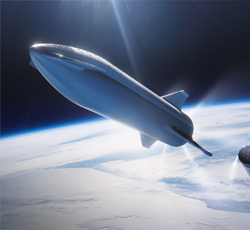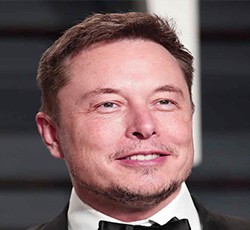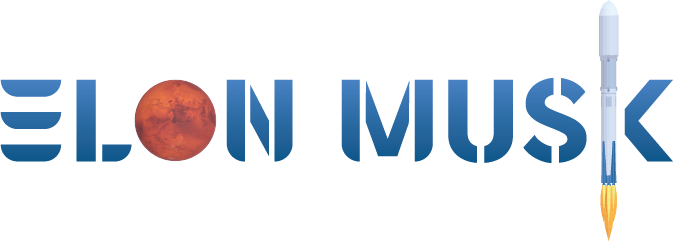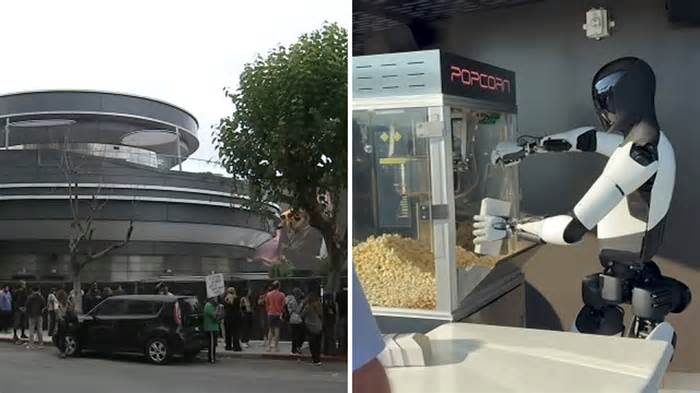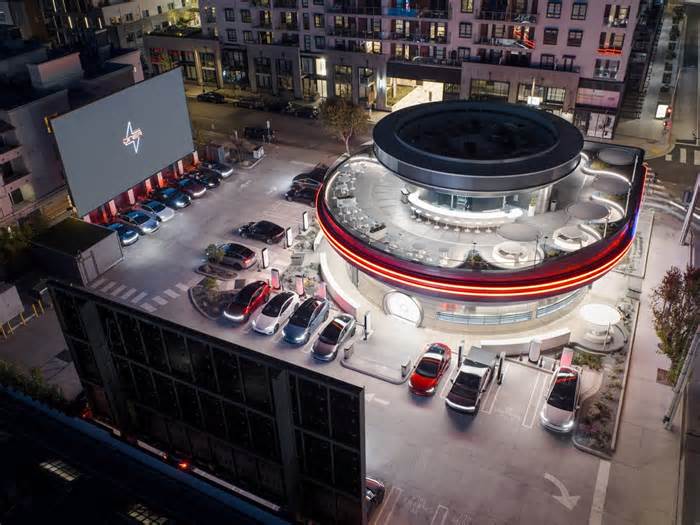
Tesla robot walks, waves, but doesn't show off complex tasks
- by Austin American-Statesman
- Oct 03, 2022
- 0 Comments
- 0 Likes Flag 0 Of 5

Need a break? Play the USA TODAY Daily Crossword Puzzle.
The demo didn’t impress AI researcher Filip Piekniewski, who tweeted it was “next level cringeworthy” and a “complete and utter scam.” He said it would be “good to test falling, as this thing will be falling a lot.”
“None of this is cutting edge,” tweeted robotics expert Cynthia Yeung. “Hire some PhDs and go to some robotics conferences @Tesla.”
Yeung also questioned why Tesla opted for its robot to have a human-like hand with five fingers, noting “there’s a reason why” warehouse robots developed by startup firms use pinchers with two or three fingers or vacuum-based grippers.
Musk said the demonstration was the first time the early robot walked onstage without a tether. Tesla's goal, he said, is to make an “extremely capable” robot in high volumes — possibly millions of them — at a cost that could be less than a car, that he guessed would be less than $20,000.
Tesla showed a video of the robot, which uses artificial intelligence that Tesla is testing in its “Full Self-Driving” vehicles, carrying boxes and placing a metal bar into what appeared to be a factory machine. But there was no live demonstration of the robot completing the tasks. More: DeSantis says Elon Musk to help Southwest Florida regain internet connectivity after Hurricane Ian
Employees told the crowd, as well as those watching via livestream, that they have been working on Optimus for six to eight months. People can probably buy an Optimus “within three to five years,” Musk said.
Employees said Optimus robots would have four fingers and a thumb with a tendon-like system so they could have the dexterity of humans.
The robot is backed by giant artificial intelligence computers that track millions of video frames from “Full Self-Driving” autos. Similar computers would be used to teach tasks to the robots, they said.
Experts in the robotics field were skeptical that Tesla is anywhere near close to rolling out legions of human-like home robots that can do the “useful things” Musk wants them to do — say, make dinner, mow the lawn, keep watch on an aging grandmother.
“When you’re trying to develop a robot that is both affordable and useful, a humanoid kind of shape and size is not necessarily the best way,” said Tom Ryden, executive director of the nonprofit startup incubator Mass Robotics.
Tesla, which last year moved its corporate headquarters to Austin, isn’t the first automotive company to experiment with humanoid robots.
Honda more than two decades ago unveiled Asimo, which resembled a life-size space suit and was shown in a carefully-orchestrated demonstration to be able to pour liquid into a cup. Hyundai also owns a collection of humanoid and animal-like robots through its 2021 acquisition of robotics firm Boston Dynamics. Ford has partnered with Oregon startup Agility Robotics, which makes robots with two legs and two arms that can walk and lift packages.
Please first to comment
Related Post
Stay Connected
Tweets by elonmuskTo get the latest tweets please make sure you are logged in on X on this browser.






 Energy
Energy